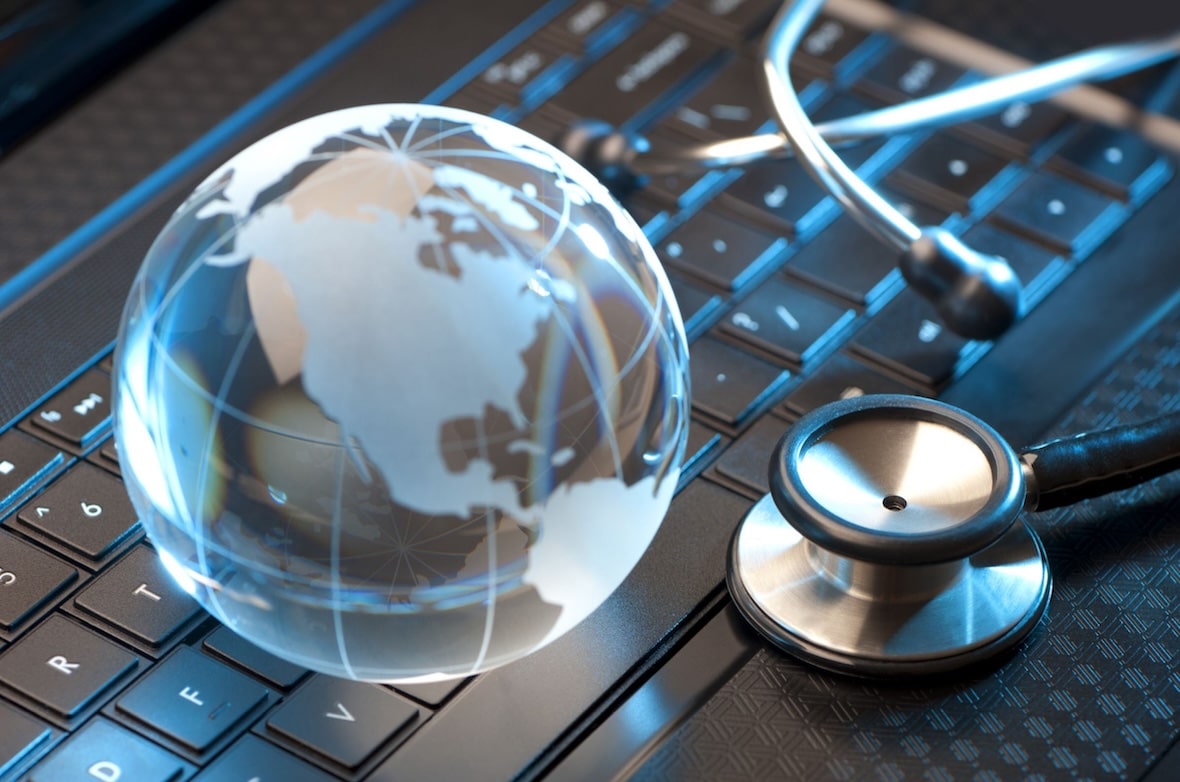What is FHIR?
FHIR has quickly become one of the most popular new standards in healthcare today. It holds great promise for the development of smart applications that deliver value-added health information exchange.
How was FHIR born?
In 2011, the board of HL7 noted that interoperability needs were growing considerably; data silos had to be broken down, and access to information needed to be enabled in real-time, especially with the uptake of mobile apps.
Nowadays, the longitudinal patient record includes data sourced from traditional and emerging contexts, as well as new and legacy systems. Implementers now expect a modern standard that can bring together a cohesive representation of patient data across the HIT domain: so FHIR was born.
In this blog, we break down why FHIR is important and how it influences the nature of healthcare delivery.
FHIR revolutionises healthcare information sharing
Globally, there is enormous interest in FHIR, as it promises to revolutionise sharing of healthcare information.
Clinical data is structured around the concept of FHIR “resources”, which are the basic units of interoperability. They cover the overall healthcare workflows, including segments that relate to the patient, clinical details, provenance, claims and more.
FHIR covers the format of information and how data is exchanged, so it is both a model and an API. It promises to make health information easily and securely accessible from any device, anywhere. FHIR is an open-source standard, available for all to use at no cost.
FHIR improves access to a complete patient record
FHIR improves access to a more complete, higher quality electronic healthcare record, by including data from both traditional (lab results) and non-traditional sources like genomic data. With a more comprehensive patient record, clinicians can make accurate clinical decisions in a timely manner.
FHIR breaks down data silos
FHIR can help break down the information silos that exist in healthcare. Having an agreed and shared representation of patient data, independently from the original source of the records, facilitates integration across different systems.
With FHIR, access to vital data is available at the push of a button, meaning the doctor can view and access a comprehensive record of the patient’s medical history and make an accurate clinical decision based on evidence.
FHIR removes participation barriers
Now with more applications relying on the FHIR standard, technical barriers for data inclusion from patient engagement apps to clinical systems can be lowered, extending the medical record with real-world data.
FHIR enables clinician-led technology innovations
Being FHIR document-based and easy to understand, it allows clinicians to become more involved in the delivery of health-related IT projects. It is widely recognised that clinician-lead IT projects have a higher success rate than technically lead ones.
How can Orion Health help with FHIR?
Orion Health has been working with the FHIR standard since the earliest versions and understands the value that it brings in an open and innovative ecosystem.
The Orion Health FHIR APIs have evolved alongside the standard while providing a rich and modern longitudinal patient record via FHIR resources.
Enabling a variety of workflows and use cases in integrated contexts, our extensive FHIR portfolio demonstrates Orion Health’s commitment to interoperability.
Interested in learning more about how Orion Health incorporates FHIR?
This blog is the third in the series on all things FHIR. The next in the series is FHIR-4.
Read our previous blog on What is HL7 and why does healthcare need it?



